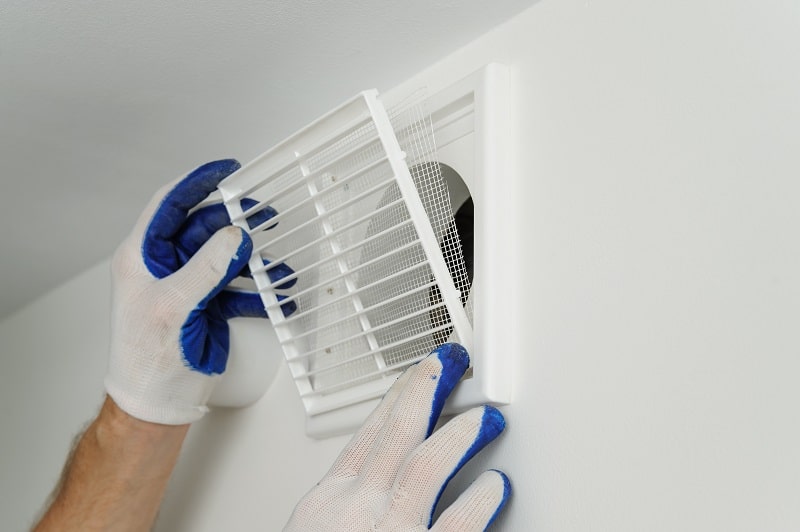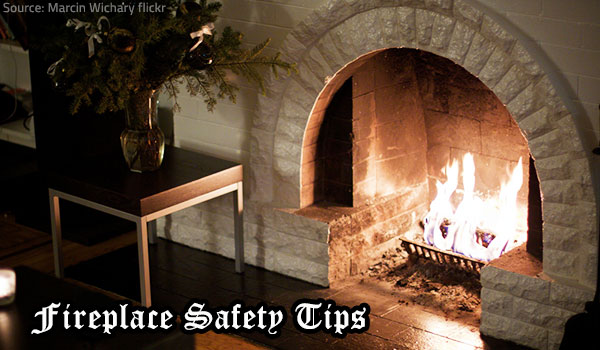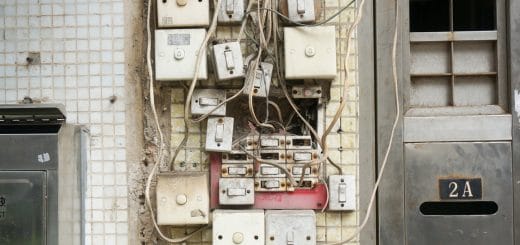How to Increase Ventilation in Your Home
Does your home feel a little stuffy? This stale air might not seem like an issue, but you can actually experience adverse health effects from poor indoor air qualityIndoor air quality (IAQ) refers to the condition of the air ... More. These concerns include everything from dizziness to cancer. Therefore, you should prioritize your house’s ventilationVentilation is the process of exchanging or circulating air ... More.
Here are several ways to improve circulation.
1. Run Ceiling Fans More Often
Here’s a quick fix for ventilationVentilation is the process of exchanging or circulating air ... More. There’s nothing like ceiling fans to promote air circulation throughout your home. This solutionA solution is a homogeneous mixture of two or more substance... More even works during winter, as you can simultaneously increase indoor temperatures when you reverse your ceiling fans’ blades.
Turn your ceiling fans on whenever you need to move air around a room. It’s generally smart to keep them on alongside your heating and cooling system, too. These two components will work together to improve circulation.
2. Open Doors and Windows
This tip might seem obvious, but you don’t want to underestimate simple solutions. If you open your doors and windows, you’ll be able to ventilate various rooms in your home quickly. That’s because multiple openings can create a helpful cross-flow.
It’s also a smart trick for urgent situations — like when you need to remove smoke from the kitchen. Be sure you have screens installed. This effort will keep out bugs and debris so you can open your doors and windows without inviting any hazards.
If you ever want to replace your windows, you should think about the differences between single-hung and double-hung options. These variants have their own perks and cons — double-hung windows allow for more airflow with both sashes working in your favor, while single-hung windows are more energy-efficient. It’s smart to install whichever one will work best for ventilationVentilation is the process of exchanging or circulating air ... More in your home.
3. Add an Attic Vent
Did you know the air that collects in your attic can impact your entire house? That’s due to how air can penetrate through the floor. Every home needs to maintain proper ventilationVentilation is the process of exchanging or circulating air ... More — even in less-frequented spaces like the attic.
Attic ventilationVentilation is the process of exchanging or circulating air ... More is important because it prevents problems like ice dams forming on your rooftop during the winter.
A poorly ventilated attic is also a common cause of attic mold.
If your attic’s airflow becomes too stagnant, you should install a vent to keep everything moving. This job requires a professional for homeowners who aren’t handy. However, you can consider a DIY technique, too. It’s up to your expertise level and comfort zone.
4. Clean Air Conditioner Filters
If you haven’t cleaned your air conditioner filters in a long time, you’re not alone! Homeowners tend to overlook issues they can’t immediately see. Keep your appliances’ filters clean, so you don’t let in any dust and debris, or allow mold to grow.
Plus, you can avoid high utility costs as a result.
Those who own central air conditioners will need a few tools to clean the filter. If you’ve installed window units, you can simply remove the filter and rinse it with water. Either way, you’ll end up with cleaner and healthier air — and cheaper energy bills.
5. Invest in a DehumidifierA dehumidifier is a device that removes excess moisture from... More or Humidifier
Houses that are too humid or dry can benefit from certain appliances. If you want to remove moisture from the air, you can try a dehumidifierA dehumidifier is a device that removes excess moisture from... More. If you need to add moisture to the air, you should get a humidifier. These machines will control allergens, reduce pests, and lower costs.
Homeowners usually find basements to be the best spots for dehumidifiers. That’s because moisture mainly collects in cool, dark areas. This increased humidityHumidity is the amount of moisture or water vapor present in... More is why mold tends to grow in the basement.
But you can put humidifiers wherever they’re needed. Places to consider include living rooms and bedrooms. Remember to keep appliances away from kids and pets to prevent accidents.
Remember These Tips to Improve VentilationVentilation is the process of exchanging or circulating air ... More in Your House
It should be every homeowner’s top priority to prevent poor indoor air qualityIndoor air quality (IAQ) refers to the condition of the air ... More. Pollutants can quickly accumulate indoors, so you need to take steps to keep your family healthy and safe. These ideas will be an excellent place to start during your next home improvement project.













